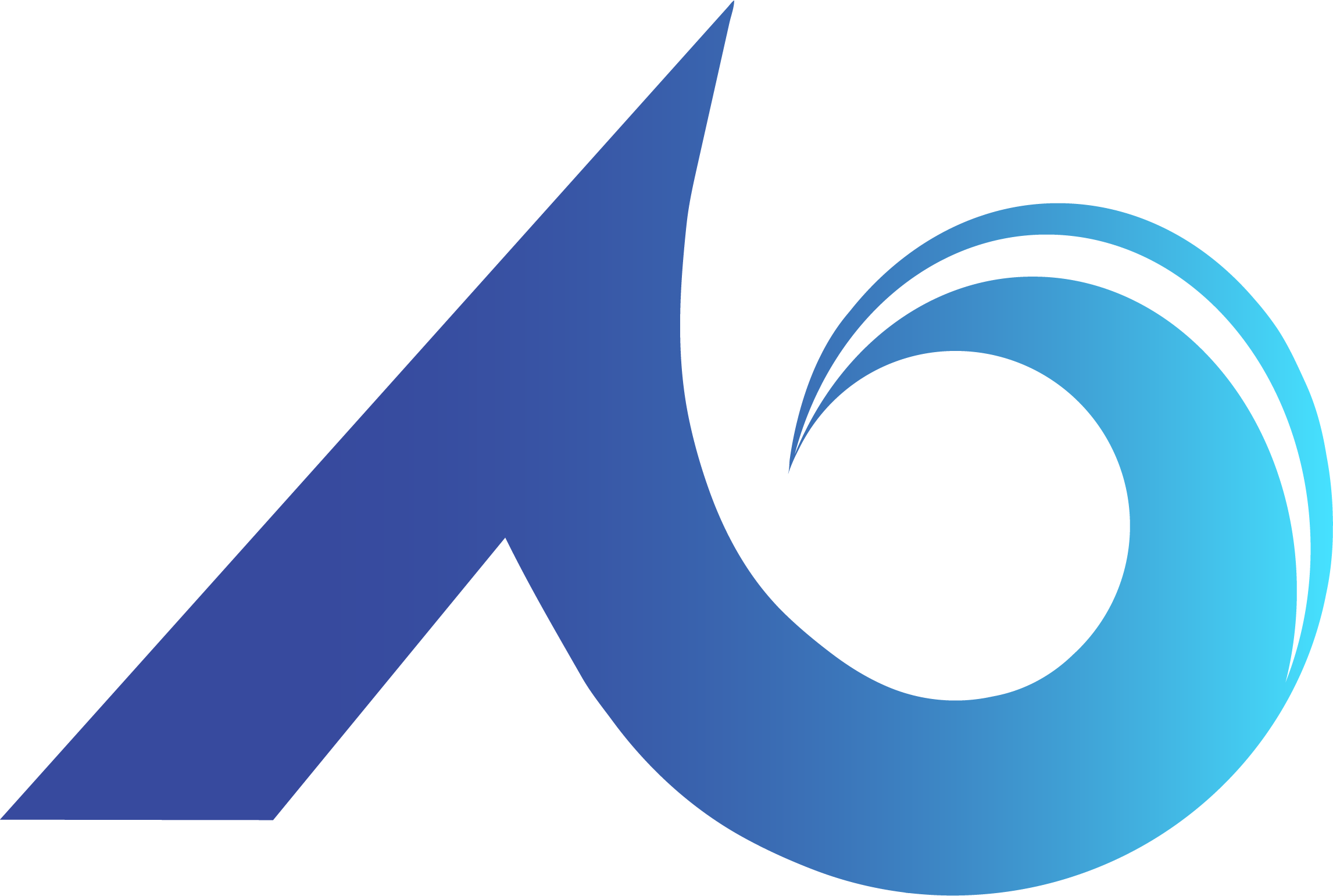Connecting for Success: How to Build Business Relationships That Drive Growth

Let me guess. You have a great product, a solid service, and a to-do list that looks like a small novel. Yet somehow the biggest wins keep happening after a quick chat in the hallway, a helpful introduction, or a five-minute follow-up that turns into a deal. That is not luck. That is relationship capital at work. In a world drowning in noise, connection is the ultimate signal. It is the difference between being seen and being remembered, between being considered and being chosen.
Today, we are unpacking how to build business relationships that actually move the needle, and why this turns every employee into a brand ambassador your customers will rave about. We will keep it punchy, practical, and just bold enough to spark action.
Every employee is a brand ambassador, ready or not
Brand is not a logo; it is the feeling people have after they interact with your team. This means everyone in your organization is on the front line of perception, whether they sit in sales, support, finance, or facilities. The person who replies to a client email, the tech who explains a fix, the coordinator who schedules a meeting, they are all shaping your reputation with every interaction.
Here is the unlock. When people know how to build thoughtful, intentional relationships, they become credible messengers for your organization. A quick, respectful follow-up says you are dependable. A well-framed question says you are curious and smart. A sincere thank you says you value the partnership. Those tiny signals stack. Over time, they create an experience customers want to repeat and recommend. That is brand ambassadorship in the wild.
Why relationships drive customer success
Customer success is not only about solving problems, it is about making success a habit your clients can count on. Relationships power that habit in three practical ways.
They reduce friction. When you know your stakeholders, requests do not feel like demands, they feel like teamwork. People return messages faster, surface risks sooner, and give you the context you need to land solutions on the first try.
They expand insight. Real connection invites honest feedback, and honest feedback makes your offering better. Clients will tell a trusted partner what they will never put in a survey. That candor is gold.
They multiply trust. Trust is quiet and powerful. It shrinks sales cycles, smooths escalations, and turns a moment of truth into a long-term win. Your best marketing is a delighted customer who says, “They get us.”
The connection mindset, simple and strong
Let us ditch the awkward networking energy and build a mindset you can use anywhere, from boardroom to break room.
Be human first, helpful second, transactional third. Ask one thoughtful question, listen for the answer, and respond with something useful. Most “networking” fails because we lead with the ask instead of the value.
Treat attention like currency. People notice when you remember details, circle back on a promise, or share a resource tailored to them. Those touches say, “You matter,” and that is a rare message in crowded inboxes.
Play the long game. Strong relationships compound. You do not have to say yes to everything, you do have to show up reliably. A monthly check-in beats a yearly plea every single time.
Practical moves that work in real life
You already have the tools. Here is how to use them with intent.
The five-minute follow-up. Within 24 to 48 hours, send a short message that references a specific detail, includes a helpful link or note, and suggests a simple next step. Specificity is the proof you were present.
The two-way intro. When you introduce two people, add why you think the connection is valuable to both. Ask permission first. Then step back and let them shine.
The scheduled kindness. Put quarterly reminders to reconnect with former clients, mentors, and peers. Share a quick update or a small win that might interest them. Momentum lives where conversation lives.
The meeting multiplier. Before any call, jot three lines: what do they care about, what outcome would help them, what decision do we need. After the call, send a recap with decisions, owners, and dates. You just reduced confusion, and people love the person who reduces confusion.
Where to build your best connections
You do not need a gala and a stack of business cards. You need relevant rooms and a consistent presence.
Industry gatherings. Choose one or two events per year that match your goals. Prep your conversations, attend the sessions that attract your stakeholders, and be the person who takes clear notes and shares them afterward. Helpful beats flashy.
Professional groups. Join one association or local forum you can actually attend. Volunteer for a small role, host a short roundtable, or contribute a practical resource. Repetition builds familiarity, and familiarity builds trust.
Digital spaces. Share short, useful insights tied to your work. Comment thoughtfully on others’ posts. Send custom connection requests that reference something real. Digital credibility opens real-world doors.
Community circles. Serve where you live, whether that is mentoring students, supporting a nonprofit, or joining a community committee. Shared values create strong ties that often translate into meaningful professional opportunities later.
The pitfalls, and how to dodge them with grace
A few traps to skip on your way to relationship greatness.
The spray and pray message. Mass outreach reads like noise. Personalization matters. Reference their world, not your pitch.
The disappearing act. If you cancel often, arrive late, or ghost on commitments, your credibility takes a hit. Under promise, over deliver, and communicate early when plans shift.
The monologue. Talking without listening is a surefire way to shrink a relationship. Ask, pause, paraphrase, then contribute. Dialogue makes people feel respected.
The pretend yes. If you cannot help, say so kindly and, if possible, point to someone who can. A clean no is more respectful than a vague maybe that never arrives.
Why the business cares, a lot
Strong relationships are not warm fuzzy extras, they are measurable advantages.
Revenue. Warm introductions convert faster. Renewals feel natural when trust is present. Expansion happens when stakeholders see you as a partner, not a vendor.
Risk. Connected teams spot issues early. A quick text from a champion can save a project weeks of pain.
Efficiency. People share playbooks with people they like. That means fewer duplicate efforts and faster problem-solving.
Reputation. Customers talk. When they talk about dependable people who listen, learn, and deliver, your brand strengthens quietly and steadily.
Training that turns connection into a habit
If you want to turn individual effort into a team-wide advantage, structured training helps. For the relational skills that make collaboration natural, the Connecting for Success: Building Business Relationships Training Course equips your people to build trust quickly, communicate across styles, and maintain momentum without feeling pushy or performative. To sharpen the clarity and confidence behind every message, the Clear, Concise, Confident: The Keys to Professional Writing Training Course helps your team write in a way that earns attention and action.
Closing encouragement, from a smart friend who wants you to win
You do not need to be the loudest person in the room to be the most connected. You need to be the most consistent, the most curious, and the most considerate. When every employee embraces that approach, your organization starts to feel different, calmer, clearer, and more effective. Customers feel it too, and they stick around.
Strong connections, clear messages, steady follow-through. That is how you turn everyday interactions into long-term success, and that is how you build a brand customers trust.
References
-
-
-
U.S. Small Business Administration (SBA) – 10 Tips for Customer Service
-
Society for Human Resource Management (SHRM) – The Importance of Communication in the Workplace
-
National Association of Colleges and Employers (NACE) – Career Readiness
-
-




